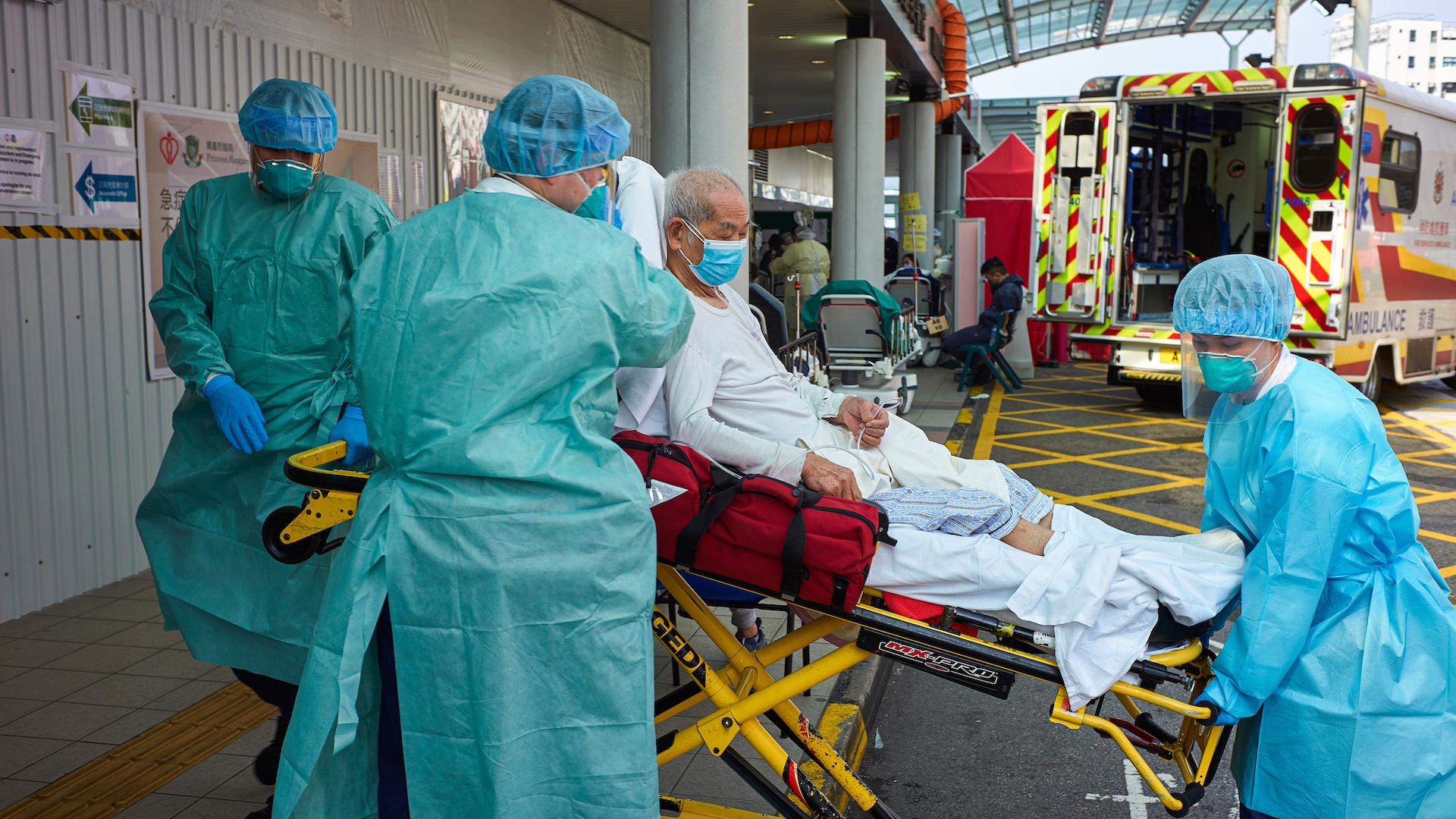Though the COVID-19 pandemic profoundly altered global life and claimed millions of lives, the specter of an even more catastrophic future pandemic looms. A new book, “The Big One: How We Must Prepare for Future Deadly Pandemics” (Little Brown Spark, 2025), describes a theoretical but plausible scenario where a novel, deadlier coronavirus emerges. This hypothetical pathogen would swiftly spread worldwide, overwhelming even the most strenuous efforts by public health officials to contain it.
Drawing on historical epidemics, Michael Osterholm, the founding director of the University of Minnesota’s Center for Infectious Disease Research and Policy (CIDRAP), and acclaimed author Mark Olshaker, explore vital lessons. Their discussion focuses on how these insights can help mitigate the potential global devastation of a future “SARS-3” outbreak. This analysis is presented as an excerpt from their collaborative work.
A widespread airborne virus would invariably impact the health of loved ones, even for those fortunate enough to avoid direct infection. More broadly, such a pandemic would profoundly disrupt global supply chains, leading to severe scarcity of essential goods. Daily necessities, durable products, food, medicine, and basic household staples would become difficult or impossible to obtain.
Nations worldwide would confront major shortages across a vast array of commodities. This extends beyond food to include items like soap, paper, light bulbs, and gasoline. Furthermore, vital components for vehicles (cars, airplanes, trains), military equipment, municipal water pumps, and electrical generation plants would be in critically short supply. The availability of coffins for burials could even be compromised. The COVID-19 pandemic starkly demonstrated the intricate interdependence of global economies.
The United States faces a critical national security vulnerability due to its profound reliance on China and India for the majority of its essential, often life-saving, generic drugs. As primary targets for widespread viral outbreaks, these nations risk manufacturing shutdowns that could severely disrupt the global pharmaceutical supply chain.
Experts have consistently advocated for years to re-establish this vital pharmaceutical production within the U.S. and other reliable allied countries. However, such a strategic relocation would likely necessitate government subsidies, given the exceedingly thin profit margins characteristic of most generic medications, which are already prompting companies overseas to exit the business. This ongoing consolidation within the Chinese and Indian pharmaceutical sectors has further amplified a significant vulnerability for both the United States and the broader Western world.
The enduring truth that no one is entirely safe until everyone is safe holds particular significance in global health. Nobel laureate Dr. Joshua Lederberg, a pioneer in the field, articulated this reality, emphasizing that “Bacteria and viruses know nothing of national sovereignties.” His profound observation underscores that even self-interest dictates against indifference to suffering elsewhere. A single microbe, responsible for an illness in a distant land yesterday, carries the potential to reach one’s own community today and trigger a global health crisis tomorrow.
Poet John Donne’s insight reminds us that a funeral bell’s chime is not solely for the departed, but a profound echo for every individual, underscoring our shared mortality and the inescapable interconnectedness of human life.
As preparations for a future major global health crisis advance, it is crucial to learn from the inequities experienced during the COVID-19 pandemic. That crisis saw high-income nations amass significant vaccine surpluses—frequently exceeding their actual needs—while low- and middle-income countries faced severe shortages, despite the aspirational goals of initiatives like COVAX, designed for equitable access.
Effective future preparedness demands more than just the development of new and potent vaccines. It necessitates robust international agreements and cooperation to establish a scalable manufacturing infrastructure capable of meeting global demand. This must be complemented by an efficient worldwide system for transport and distribution, even when complex requirements such as a cold chain are involved. Furthermore, an international public funding mechanism will be essential to underwrite the excess production capacity required during a pandemic response.
Ethics remains a cornerstone of both medicine and public health, logically extending a compelling reason to treat global populations with the same compassion and empathy reserved for our own. However, the decision to share sufficient vaccine supplies with low- and middle-income countries is not solely altruistic; it is a practical matter of self-interest. With the ability to circumnavigate the globe in under 48 hours, geographical distance no longer offers protection from infectious diseases. This fundamental modern reality means a novel airborne respiratory virus emerging in a remote village, whether in the Western Pacific or sub-Saharan Africa, can rapidly pose an imminent danger to people worldwide.
Achieving widespread global cooperation on vaccine distribution appears highly improbable, primarily due to prevailing international tensions and the inherent national tendency to prioritize domestic populations for critical medical supplies. Nevertheless, the imperative for such collaboration remains undiminished. It is crucial for manufacturing nations to develop the capability and capacity to produce sufficient vaccine stocks for the entire world. Furthermore, robust international dialogue and strategic planning are essential to establish clear, equitable mechanisms for the allocation of these vital resources.
The United States faces a projected shortfall of antiviral medications for several months should a pandemic emerge, even assuming effective treatments become available for the specific virus. This anticipated scarcity will inevitably trigger a profound ethical dilemma: determining which seriously ill patients receive priority for these limited resources. Potential claimant groups include frontline healthcare workers and first responders, key political and business figures, the elderly and immunocompromised, and essential personnel such as drivers. Each demographic is expected to have strong advocates. Experts contend it is far more judicious to address these complex ethical considerations through public discussion now, rather than waiting until a crisis is actively unfolding.
While the SARS-CoV-2 virus, the cause of COVID-19, primarily inflicted severe disease upon the elderly and immunocompromised, the pattern for a future pandemic could be drastically different. A critical lesson from the 1918 influenza pandemic reveals that over half its victims were largely healthy individuals aged 18 to 40. Their deaths were tragically linked to a “cytokine storm”—a severe immune system overreaction triggered by the virus, which led to Acute Respiratory Distress Syndrome (ARDS). In essence, these robust immune systems, in their zealous fight against the pathogen, paradoxically caused devastating lung damage, resulting in fatality. More than a century later, the global medical community remains concerningly ill-equipped to treat tens of millions of ARDS cases, mirroring the preparedness deficit of the past.
The 2003 SARS coronavirus outbreak serves as a potent historical precedent. Though ultimately contained after infecting an estimated 8,000 individuals, the virus proved fatal for approximately 10% of those afflicted. This significant mortality rate from a past, limited outbreak lends considerable weight to the plausibility of future hypothetical scenarios, suggesting a ‘SARS-3’ event is far from implausible.







